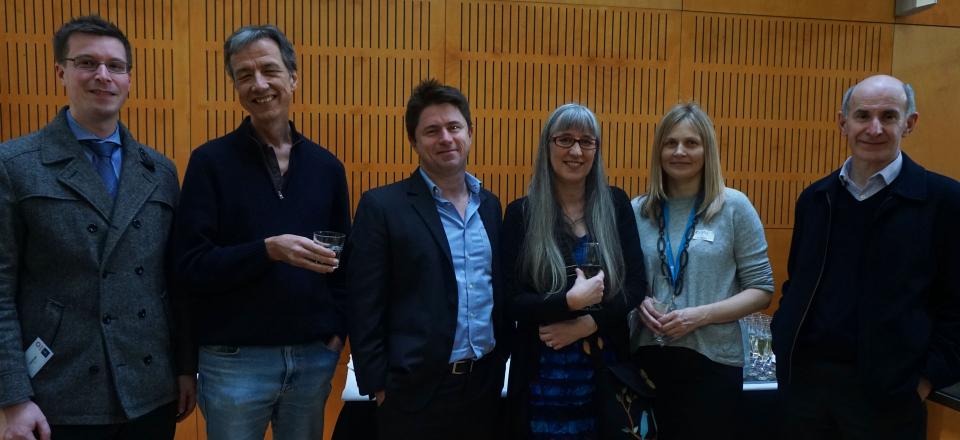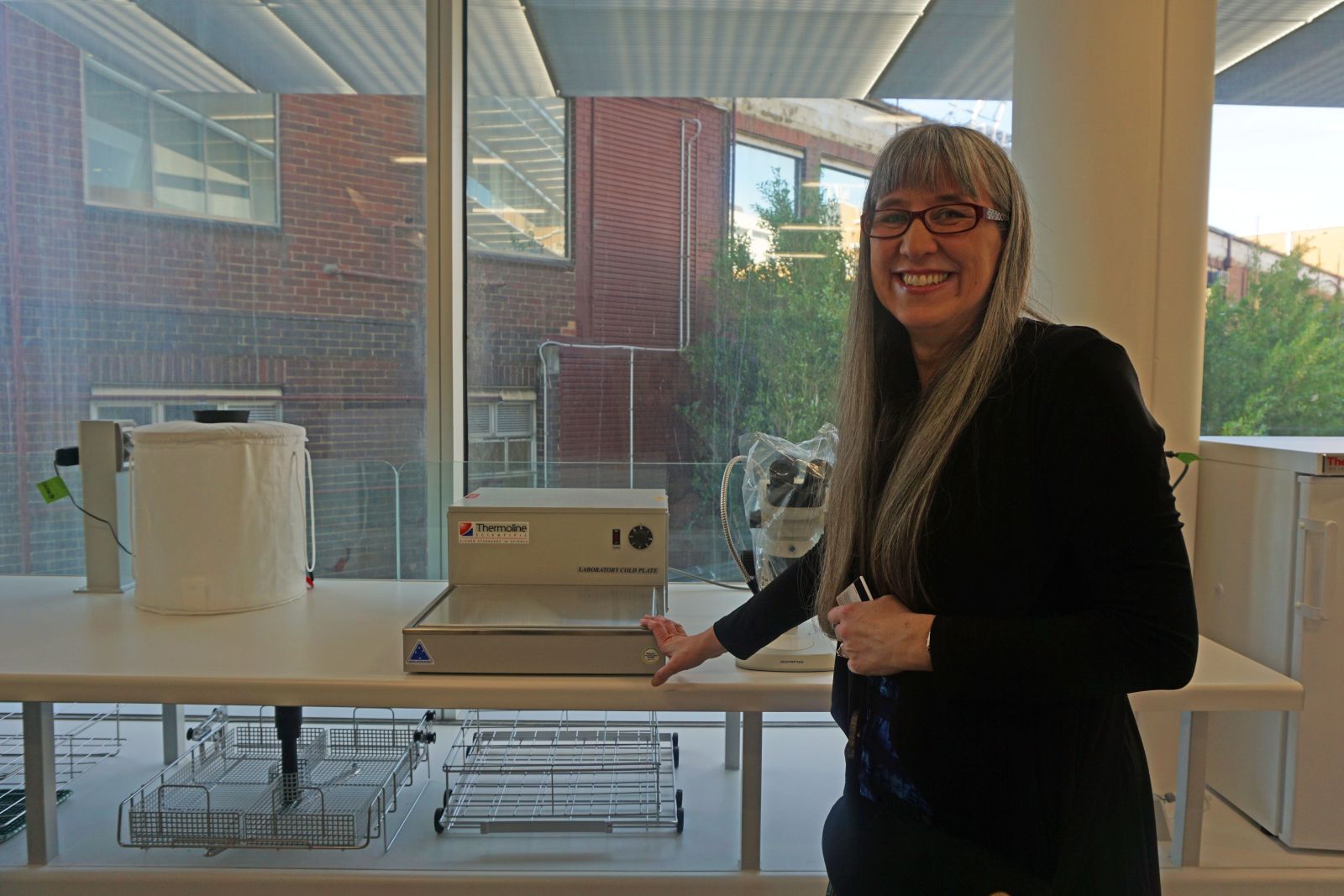Insectary opened at Bio21 to step up fight against dengue

16 June 2016
Dengue is a mosquito-borne viral disease, with more than 30% of the world’s population (over 2.5 billion people), in over 100 countries are at risk of infection; the most significant recent epidemics occurred in Southeast Asia, the Americas and the Western Pacific. Each year an estimated 390 million dengue infections occur around the world. Of these, 500,000 develop into dengue haemorrhagic fever, a more severe form of the disease, and dengue results in up to 25,000 deaths annually worldwide.
In time for World Dengue Day, two University of Melbourne groups from the Bio21 Molecular Science and Biotechnology Institute and the Peter Doherty Institute jointly unveiled a new insectary, which makes it possible to import and study diverse mosquitoes from across the world, as well as their interaction with viruses.
The insectary will be certified as a PC2, Quarantine Approved Premises Criteria 7.2 for Quarantine Insectary Containment Level 2 (QIC2) and Class 5.2 (QC2 Microbiological Facility) laboratory. This certification by the Australian Department of Agriculture and Water Resources allows the researchers to safely import, house and study mosquitoes from outside Australia, giving dengue research in Melbourne a significant boost.
The University of Melbourne’s Professor Ary Hoffmann, Bio21 Institute and Professor Cameron Simmons, Peter Doherty Institute, collaborate to develop strategies to prevent and control this disease and the mosquitoes that transmit it.
“This facility is critical in terms of investigating mosquitoes, their genomes and that of the symbiont Wolbachia to develop different ways of controlling dengue into the future,” said Professor Ary Hoffmann, Bio21 Institute, School of BioSciences, at The University of Melbourne.
“It will allow us to test different viral strains in different mosquitoes, as well as the effectiveness of different strains of the symbiont Wolbachia in blocking the virus and controlling different species of mosquito,” he said.
Professor Cameron Simmons is interested in arboviruses which are viruses transmitted by arthropods and include the mosquito-borne viruses, dengue and Zika. “We’re particularly interested in attenuated or weakened viruses that can be used as vaccine candidates. This facility allows us to test their safety in mosquito hosts.”
The insectary has been funded through the University to facilitate a collaborative NHMRC program grant, that includes the O’Neill (Monash), Hoffmann and Simmons groups, as well as interfacing with the Bill and Melinda Gates Foundation, the National Institutes of Health and the Wellcome Trust.

Dr Nancy Endersby-Harshman, Bio21 Institute, is one of the scientists who has worked on the ground with architects and builders to design the laboratory and has selected equipment for the new facility. Special features such as the airlock with negative air pressure, ensures that no mosquitoes can escape.
“We’re very excited at the opportunities presented by the new facility to import mosquitoes from overseas. In conjunction with the work on Wolbachia, it will allow us to study insecticide resistance against pyrethroids that has arisen in some mosquito species. Pyrethroid insecticides are widely used to kill mosquitoes in Australia and other countries during dengue outbreaks, so resistance has serious consequences.The facility contains equipment which will allow study of mosquito genomics, detection of insecticide resistance mutations, studies of mosquito fitness and interaction between the mosquito and the dengue virus.
By Florienne Loder

